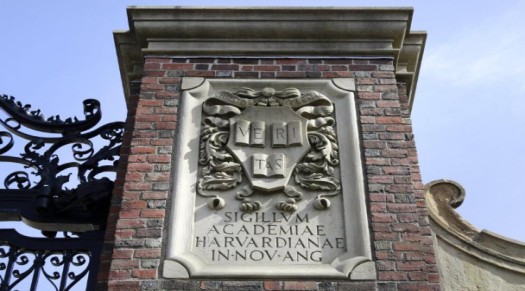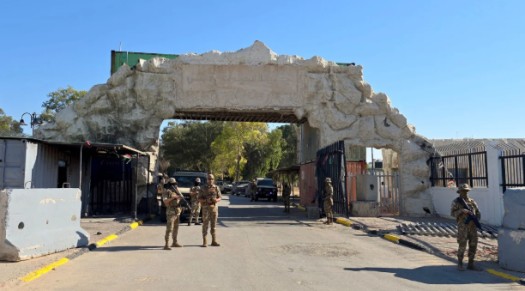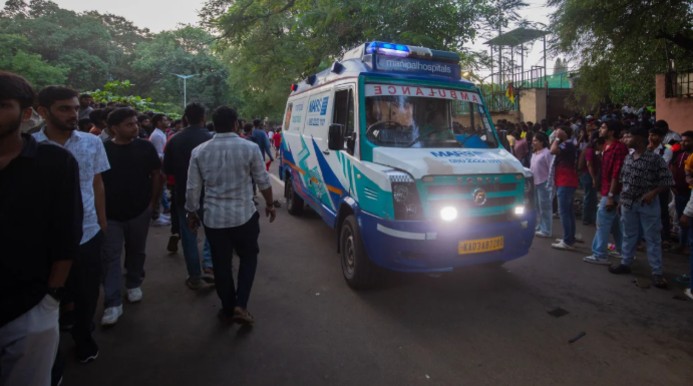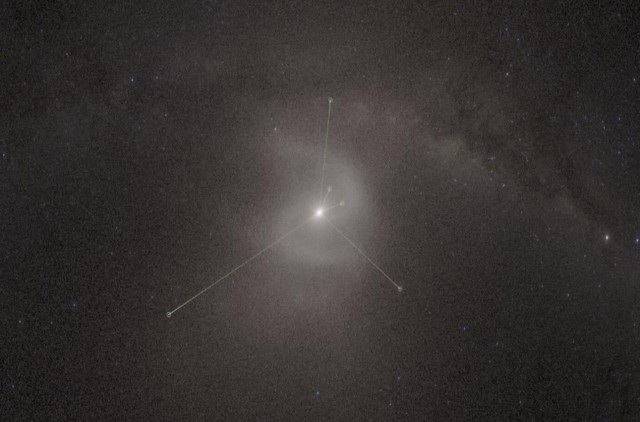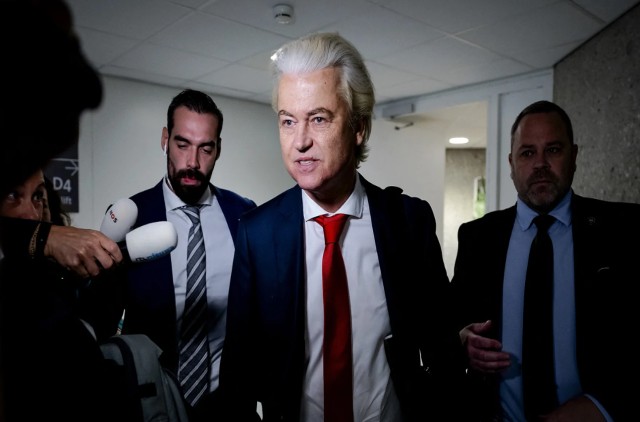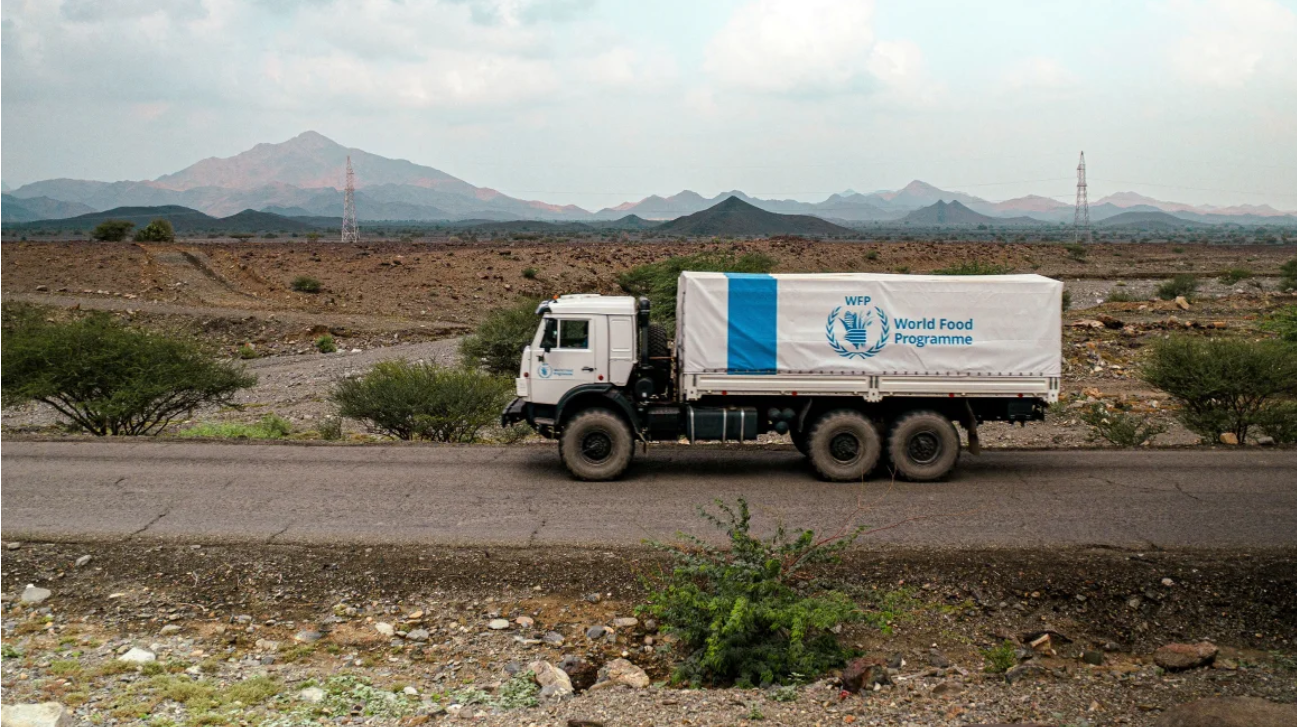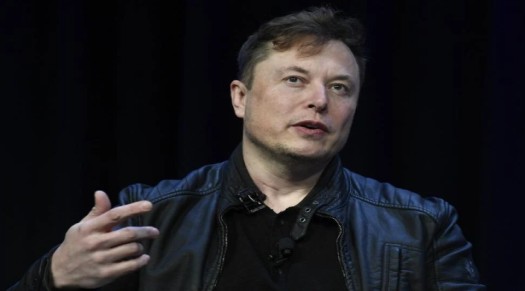
Tesla and SpaceX CEO Elon Musk speaks at the SATELLITE Conference and Exhibition, March 9, 2020, in Washington.
Tensions flared between President Donald Trump and billionaire Elon Musk on social media Thursday. In the middle of their heated exchange, Musk made a bold announcement that could shake up NASA’s space operations. He claimed SpaceX would begin “decommissioning its Dragon Capsule immediately.”
The move, if carried out, would strip NASA of its only American-built option to send astronauts and cargo to the International Space Station (ISS). With Boeing’s spacecraft grounded and unready, the only backup would be Russia’s decades-old Soyuz capsule.
SpaceX’s Dragon Capsule: A Critical Link in Space Travel
Dragon capsules have become NASA’s lifeline. Designed and operated by SpaceX, these spacecraft are currently the only U.S.-based system capable of crewed flights to the ISS. The capsule can transport four astronauts at a time and plays a major role in keeping the space station supplied and operational.
In addition to NASA missions, Dragon capsules are used for private space trips. One such commercial mission is scheduled next week by Axiom Space. Meanwhile, cargo versions of the capsule regularly deliver food, tools, and other essentials to the ISS.
If Musk follows through with his threat, NASA could find itself scrambling for a replacement.
Boeing’s Starliner Still Not Ready for Prime Time
NASA once hoped to rely on Boeing’s Starliner capsule as a secondary transport system. But delays and technical failures have left the spacecraft grounded. A manned test flight last year went poorly, forcing astronauts to return on a SpaceX Dragon capsule after more than nine months.
NASA is now debating whether the next Starliner mission should carry cargo or humans. Either way, the uncertainty surrounding Boeing’s spacecraft highlights just how much NASA depends on Musk’s Dragon program.
Russia's Soyuz Capsule: The Only Remaining Alternative
If SpaceX grounds its Dragon fleet, Russia’s Soyuz capsule becomes NASA’s sole option for sending humans to space.
Soyuz capsules can only carry three people and typically launch with two Russians and one NASA astronaut. In return, SpaceX launches also carry one Russian cosmonaut under a barter system. This arrangement ensures that in case of emergency, both nations have someone aboard to respond.
Before SpaceX entered the scene in 2020 with its first NASA crew launch, the U.S. had to pay tens of millions per seat for rides on the Russian Soyuz. Going back to that model would be a major step backward for American space independence.
SpaceX: More Than Just the Dragon Capsule
SpaceX’s influence on NASA extends far beyond the Dragon program. The company frequently launches scientific and military satellites into orbit using its Falcon rockets. In fact, NASA has contracted SpaceX to help de-orbit the International Space Station when it eventually reaches the end of its lifecycle.
Furthermore, SpaceX’s Starship mega rocket is currently NASA’s top choice for future lunar landings. Though the rocket’s latest test flight ended in failure, NASA is counting on it to deliver astronauts to the Moon later this decade.
A Threat or a Warning?
It’s still unclear whether Musk’s threat was real or rhetorical. However, it underscores the fragility of NASA’s current reliance on private space contractors. If Dragon capsules are truly withdrawn, the U.S. would be left with no immediate in-house solution for human space travel.
For now, NASA and Musk remain tethered together by necessity. But this situation may prompt the agency to rethink its long-term space strategy, especially as geopolitical tensions and technological setbacks raise fresh concerns.


